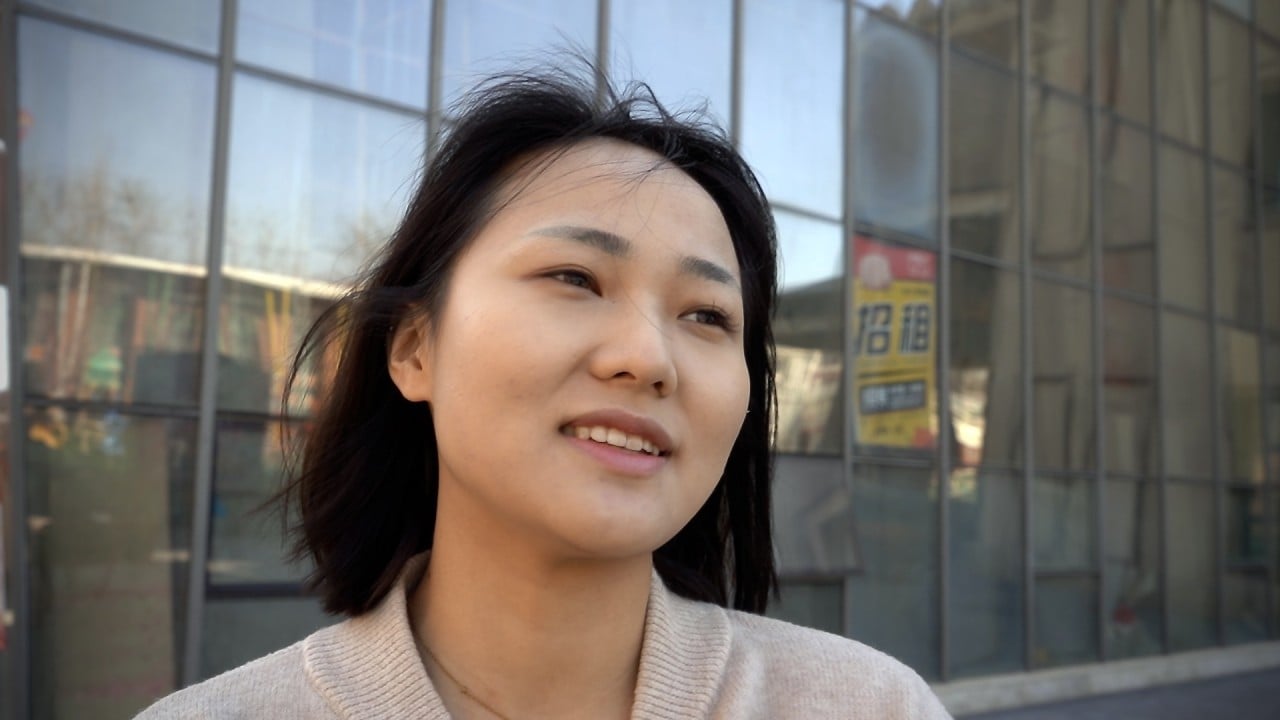
Why ageism in the workplace is a bigger obstacle for women than glass ceilings
- While high-achieving women rightly demand access to boardrooms and top salaries, little attention is paid to midlife women struggling to re-enter the workforce
- As our ageing society makes this problem more prevalent, more resources must go into reskilling women – and men – who still have much to contribute later in life
Their complaints are fully justified, and companies failing to address these concerns need their feet put to the fire. But I am saddened by the self-serving limitations they throw around their cause, and by their failure to pay attention to an even more grievous discrimination challenge – rampant ageism.
By giving priority to top-achieving women, they neglect the humdrum but punishing discriminations faced by working women in general – and in particular by midlife women who want to get back meaningfully to work after taking a decade out (or at least taking the foot off the promotion pedal) because of child-raising challenges.
It is here that the problems of ageism and of midlife women converge. Because so many employers assume that staff in their 50s will be coasting towards retirement, they often see little merit in offering jobs to women wanting to return to work in their 40s. They see no merit in updating these women’s skills or in considering them for promotions.
Anyone who has read The 100-year life by Lynda Gratton and Andrew Scott will know how preposterously outdated such attitudes are: their simple calculations show that a 20-year-old today has a 50 per cent chance of living beyond 100. If they want to retire earning 50 per cent of their final salary, they will have to save 10 per cent of their income every year, and even then they will only be able to retire in their early 80s.
Previously, when most people died by their 70s and were in faltering health by their 60s, retirement at 60 or 65 was welcome, and unlikely to create financial stress.
But who today, in good health well into their 80s, wants to kick their heels around a golf course for 30 years? Who would not prefer to remain a self-reliant contributor to the community? As the (female) managing partner of a Singapore company told me recently: “I’m over 50, and I am not old. I’m mid-century modern – digital, active and aspiring.”
Those women preoccupied with glass ceilings are also badly out of touch with what the future of work will look like. As Professor Martin Bean, formerly of RMIT University in Melbourne, recounts: “Today’s 15-year-olds will on average have 17 employers, and at least five quite distinct careers.”
With this aim in mind, RMIT is building a Future Skills course available to all students, made up of “micro-credentials” including collaboration skills, enterprise readiness, leadership, global awareness, critical thinking, sustainability, community engagement, and resilience.
This same challenge faces a 45-year-old mother of two returning to work and a 23-year-old RMIT graduate or, for that matter, a 60-year-old man who needs to work beyond the official retirement age.

But at present, most education development models fail all of us. Few employers are prepared to take continuous responsibility for building skills; educators are unwilling to adjust to the lifetime learning needs associated with a 60-year working life; and government officials continue to devote their huge education budgets to the needs of five-to 22-year-olds.
As a septuagenarian myself, I confess a deep and obvious bias, but I take quite personally the assumption that I am beyond employment because I am “male, stale and pale”, or a “digital dinosaur”.
End age discrimination in hiring to fix Hong Kong’s talent shortage
I disagree strongly with Thomas Midgley, the (in)famous chemist who in his farewell address as president of the American Chemical Society in 1944 argued that we need to “capitalise on the energy and fresh ideas of newcomers”, and that “everyone over 40 should step aside for younger creativity”.
As Lucy Kellaway, a brilliant FT journalist-turned-teacher and founder of the non-profit Now Teach, wrote in January, “not only is age the poor relation in diversity policies, it is still acceptable in polite society to be rampantly ageist”.
As a woman and a “mid-century modern” who decided to start afresh at the age of 58, Kellaway knows what she is talking about. Her organisation has trained over 500 “mid-century moderns” to begin new late-life careers as teachers – a task that any government recognising its “lifetime learning” commitments ought to be doing.
If hampering the chances for women to use their skills fully and develop their potential is counterproductive, then the prejudices blocking our over-50s are even more wasteful.
They not only hobble the potential of our future selves, but they constrain what can be regarded as the only naturally increasing asset in the world: the UN notes that there will be 2.1 billion over 65s in 2050, compared with almost 1 billion today.
By middle age, the prejudices against women and the old converge and reinforce each other. They should be addressed together.
The battle for the future of work rests not just with the female amazons aiming for the boardroom but also with ordinary “mid-century modern” women who want to rebuild meaningful careers after children have been raised. And if they will let this septuagenarian ride on their coattails, I will be more than pleased.
David Dodwell researches and writes about global, regional and Hong Kong challenges from a Hong Kong point of view


